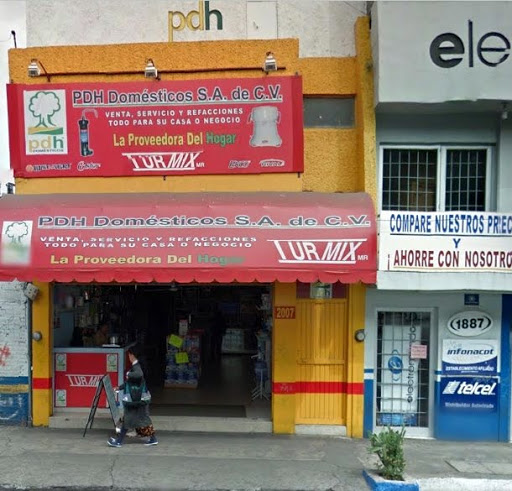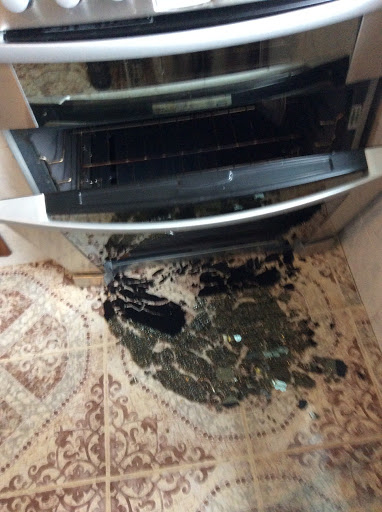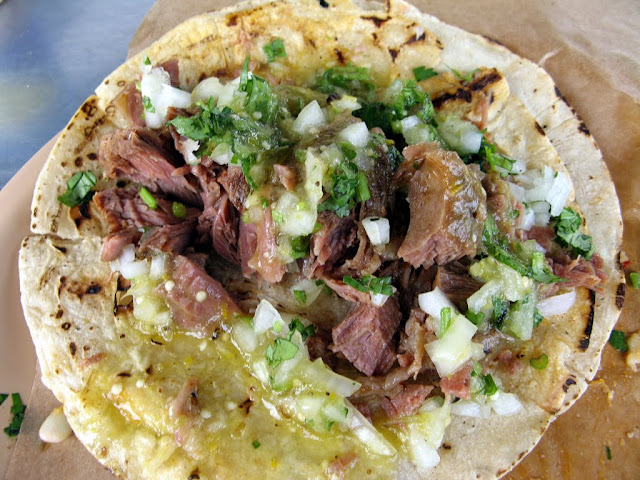 |
| Entrance across from La Basilica |
 |
| Guess which brave couple had the iguana soup |
Caliente. Their motto is "El Verdadero Sabor de Apatzingán".
La comida Calenteña is characterized by bold seasoning and flavors. If you like El Mandil in Pátzcuaro (although El Mandil does not cook in the style of La Tierra Caliente) or Restaurante Carácuaro and, more recently; or Fonda Marceva in Morelia, you will likely enjoy a meal at La Tradicíon.
In two our visits there, we have always been given an especially warm welcome and kind attention. This is a restaurant completely without pretensions but with minimal décor. Some of the décor consists of awards and recognitions of the Chef, Isis Anahi Velásquez González. You can see them in the slide show at the bottom of the page.
 |
| La Tradicíon entry hall |
Inside the entryway, a blackboard announces the specials of the day.
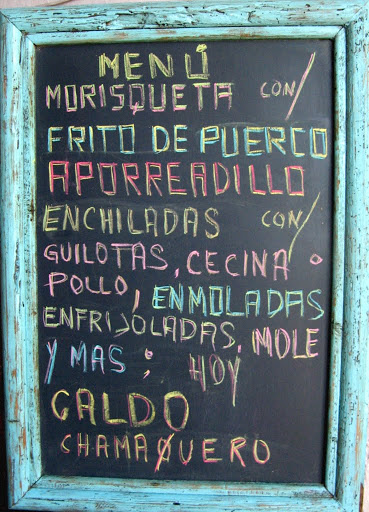 |
| (We'll get to Caldo Chamaquero later.) |
 |
| The dining room is not especially attractive, |
Some of us began our meals with copitas de mezcal, while others of us had pretty micheladas.
 |
| Two varieties of mezcal are offered: |
In addition to the plate of orange and lime sections, we were brought a plate of sliced carambola, or star fruit.
 |
| The restaurant had a lot of star fruit on hand. Star fruit also graced the mugs of micheladas. |
 |
| You can have any beer you want, as long as it's Victoria |
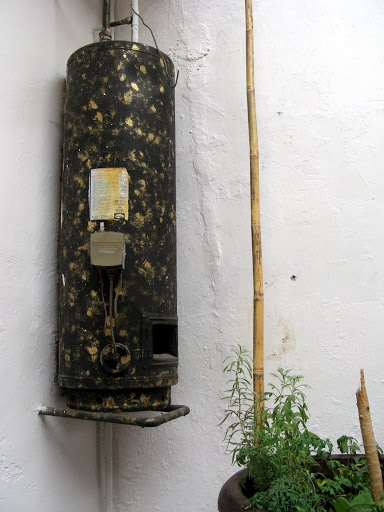 |
| A boiler in the corner near our table ... ... startled us as it came to life, gurgling noisily. Just part of the experience. It didn't last long. |
A couple of us started with bowls of Consomé de Pollo, included in the price of some meals.
 |
| Pure and simple chicken stock |
 |
| Amazingly, this came with fresh vegetables, steamed al dente! |
The other couple, our Alabama and Pátzcuaro friends, both bravely ordered Caldo Chamaquero. Our waitress explained the it was a soup that contained not only shrimp and crab, but also iguana.
For some reason (peek), the combination held no appeal for me.
I was offered a taste, but declined this generous offer. Our friends reported that the iguana was the tastiest thing in the soup, but the shrimp were greatly overcooked, and the crab had been cooked to beyond existence, but the broth was tasty.
 |
| Caldo Chamaquero. Kinda scary looking. |
It should be noted that many of the dishes are guisados (stewed or sauced foods), the back side of the menu has dishes "para preparar", such as the bisteces a la Mexicana enjoyed by our friend.)My wife and I both chose Mole de Pollo, although I requested a half order of pollo and a half order of Frito de Puerco, the latter a favorite of mine from a first meal at Fonda Marceva.
 |
| Doña Cuevas' Mole de Pollo (muslo) |
 |
| Don Cuevas' Combo Plate |
RATINGS (A 1 to 10 scale is used. 1 being irredeemably bad, 10 being nearly unattainable, but highly desirable.)
Food: 6-7
Service: 8
Ambience: 4
Price: Very inexpensive. Our total bill came to $620 pesos, for six persons. That included a beer, two micheladas, a couple of mineral waters, five cafés de olla (skippable), a huge clay pitcher of Agua Fresca de Carambola, and 6 full meals. That converts to less than $6.00 USD. We gave the waitress a generous tip in addition to the above.
Hygiene: Looked o.k. to me.
Safety Message: Watch Out For The Floor Irregularities In The Main Dining Room. They could wreck your day if you trip.
Parking: street parking, wherever you can find it.
Hours: Mon Tues Open; Wed Closed; Th Fr Sa Su open, 9:00 a.m to 6:00 p.m.
Location: Calle Arciga, south of the corner of Calle La Paz, Pátzcuaro, Michoacán. Note that place marker on the map is somewhat to the south of the actual restaurant location.









